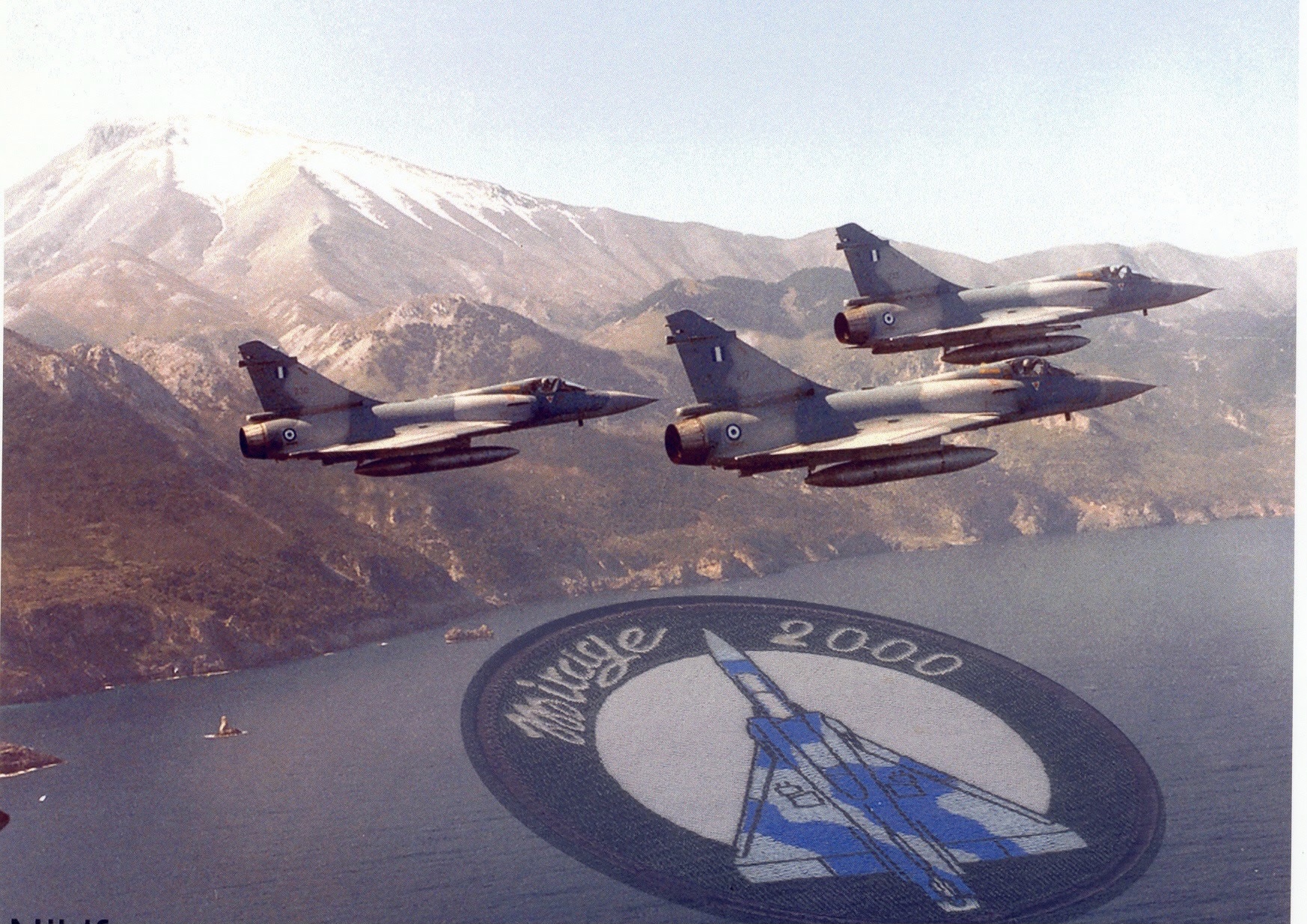-
Posts
400 -
Joined
-
Last visited
Content Type
Profiles
Forums
Events
Everything posted by diamond26
-
Opencomposite is extremely easy and in combination with Skatezilla’s utility it made things easy for me.
-
It can also work with Quest 2 in VR \with the use of OpenComposite (instead of SteamVR)
-
I'm on V29 (both PC app and headset) USB speed is 2.2 gbps and I have no problems with audio stutter. But from what I see in different forums, people are getting different flavors of V29. I'm using 120hz with Link and so far things are working ok.
-
Then check your USB speed in oculus usb test
-
Reduce the bitrate to 300 for the audio stutter
-

reported Erroneous data in BRA report at SA page
diamond26 replied to diamond26's topic in Bugs and Problems
Seems to be the same issue like this one -
After the latest update I noticed that the BRA report in the SA page is not showing range in nm but possibly in meters. The problem is happening when a friendly is targeting the target in question. Behavior is present in both SP and MP. TRK attached BRA_error in SA page.trk
-

cannot reproduce F-18 radar - TWS - constantly loses track
diamond26 replied to Banzaiib's topic in Bugs and Problems
With Aim120 selected you go on your right MFD check DATA (bottom right) and in the upper right corner you will see the default value of 4. You can increase this value up to 32. -
So what are the gimbal limits of Aim-120?
-
I had also a strange experience the other day where I got killed by an orphaned AIM-120. I don't know what is the modelled FoV for AIM-120 in DCS but if you see the attached Trackview snapshots it seems a bit weird to me that a missile can do that. The first one shows the initial positions of aircraft and missile and the second one the 90 degree turn of the missile towards the unsuspected target. RWR indicated the missile only at the second phase. Launcher aircraft was shot down even before the phase 1 picture.
-
Usually it’s not below 70 and the incident is after 50-60 min on a multiplayer setup.
-
Thank you Glynn for the update. Really nice missions ! Just bought Serpents Head 2 in support and in anticipation of having even more fun
-
Is anybody experiencing heavy stutters after long play in multiplayer using Link? I was hoping that with 2.7 and/or V28 will go away but I had it again yesterday
-
I have the same question. I have seen a video on VR settings that mentions that this setting has nothing to do with the known IPD we set in our headsets. I have it on too but I can’t confirm that it helps FPS. I hope someone here knows more about it.
-
Same problem here
-
Didn't see any regression with the shader. Check it on/off no difference in FPS (Quest2)
-
Interesting because I thought I was the one with less capable graphic system (RTX2060 mobile 6Gb) and I didn't noticed that. In addition I think they are not that different.
-
I use the VR Reshade from the first zip file and never had an issue (either using SteamVR or Open Composite)
-
If I'm not mistaken you have to use the dxgi.dll from this https://github.com/fholger/reshade/releases/tag/openvr_alpha2
-
It's so easy to try it though! And then you will be a believer
-
The way I see it in a nutshell: The Universal VR shader (CAS) is offering better clarity and performance gains. If you are a Quest 2 user you will benefited if you use the Open Composite approach instead of SteamVR ( which was initially the only way to run the Universal VR reshade with Quest 2)




